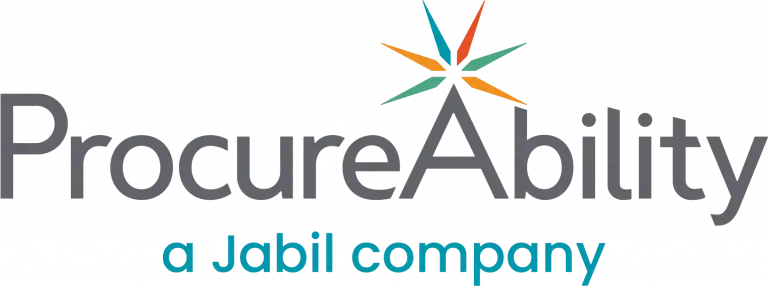Procurement is rapidly changing with the introduction of innovative technologies and procurement trends that will revolutionize the way organizations operate. In the coming decade, procurement teams will need to reorient their skillsets to adapt to this ever-changing landscape.
Recently, ProcureAbility published our Insights series “Five Bold Procurement Predictions for 2030”, in which we extrapolate on the future of procurement trends including advanced crowdsourcing, procurement technology acceleration, cognitive computing, hyper cybersecurity, and virtual organization design. As these trends continue to take hold, the role of procurement will evolve, requiring a comprehensive reskilling and upskilling effort to keep up with these sophisticated procurement predictions.
In this article, we explore what evolution may look like over the next several years. But first, we will make the case for adopting approaches that capture technology’s promise in a way that puts humans at the center, as the key enablers of success.
Maintaining a Human-Centered Approach
The rapid advancement of technology is reshaping how procurement teams operate. While automation will handle more tasks, navigating complex business environments will still require human intuition and judgment.
Procurement can be divided into strategic leadership functions, guided by technology, and tactical or administrative roles, performed by technology but managed by humans. To adapt, teams must retool both hard and soft skills. Upskilling is essential for strategic leaders using insights from new technologies and for employees managing tasks now automated. Digital upskilling—learning new technologies to modernize processes—is especially critical.
However, traditional procurement skills remain vital. Relationship management, empathy, patience, conflict resolution, and creativity help teams navigate complex organizational networks. Inclusive procurement strategies strengthen supplier relationships and build long-term partnerships that can withstand market uncertainty. Internally, managing cross-functional and intra-team relationships ensures cohesion and helps achieve shared goals.
- Supplier and stakeholder collaboration and management
- Sustainable sourcing focus
- Communication and interpersonal skills
- Negotiation and relationship management
- Process standardization and cost optimization
- Analytical and presentation skills
- Results-oriented mindset and best-practice implementation
Five Human-Centered Procurement Trends
ProcureAbility recommends that procurement organizations concentrate their reskilling and upskilling efforts on five bold procurement trends that are likely to become prevalent within this decade. Their ability to harness these trends for competitive advantage, while also managing the associated risks, will assuredly depend on the humans at the controls, specifically their ability to improve technical expertise, solve problems, and engage in strategic thinking. A human-centered approach to procurement is more important than ever to create value for the organizations in which procurement serves.
The fast pace of technological progress is changing how procurement teams operate now and over the next several years. To take advantage of these advancements and remain innovative and competitive, companies must adjust and improve their skill sets. They should focus on developing technical proficiency, problem-solving abilities, and strategic thinking while upholding a human-centered approach as their North Star. By doing so, procurement teams can adapt to the evolving environment and generate greater value for their organizations.




